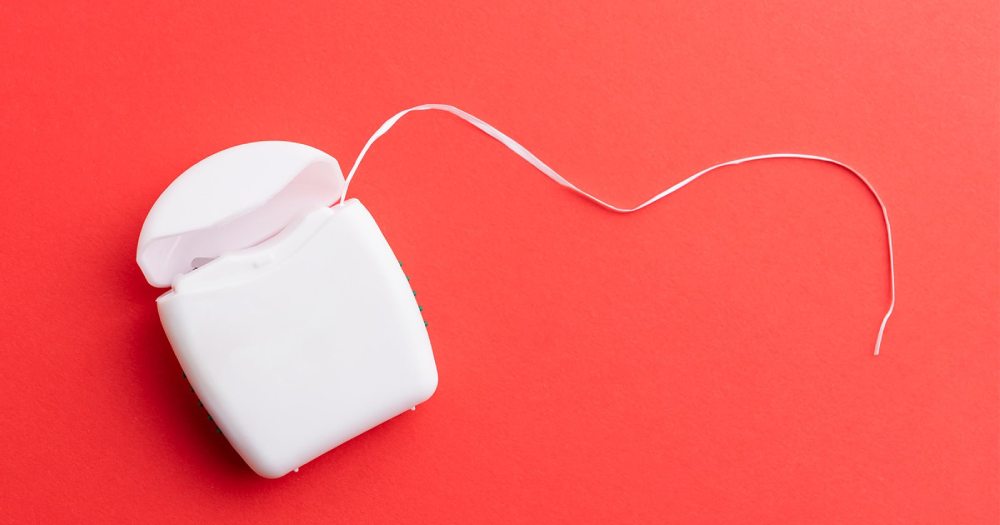Future vaccines to be delivered via dental floss?

In a twist no one saw coming, the humble floss pick might one day do more than save you from a scolding at the dentist's office. Scientists have discovered that the gap between your teeth and gums — home to the junctional epithelium — could be a surprisingly effective gateway for vaccines. Forget the needle prick; imagine getting immunized during your evening dental routine.
"This improves the body's ability to prevent infection," says Harvinder Singh Gill of North Carolina State University, "because there is an additional line of antibody defense before a pathogen enters the body."
How does it work?
The magic lies in the junctional epithelium, a thin, permeable layer tucked deep in the gum pocket. Unlike the sturdy epithelial barriers lining most organs, this tissue is a bit of an open door. It regularly dispatches immune cells to keep oral bacteria in check. Researchers realized that if it's permeable enough to send immune cells out, it's permeable enough to let vaccines in — sparking antibody production both in the bloodstream and on mucosal surfaces, such as the nose and lungs.
- In lab tests, vaccine-coated unwaxed floss was used to target this junction in mice.
- The results? A stronger mucosal antibody response than the standard oral approach of placing vaccine under the tongue — and protection comparable to nasal delivery.
- Bonus: unlike nasal vaccines, this method sidesteps the risk of vaccine material traveling toward the brain.
Plus, it worked not only with flu peptides, but also with proteins, inactivated viruses, and mRNA vaccines. Eating or drinking right after flossing didn't diminish the immune response either.
Why does it matter?
Mucosal immunity is the body's front-line guard against respiratory invaders like influenza and COVID-19. Injections mainly boost antibodies in the blood, leaving these surfaces relatively undefended.
A floss-based vaccine could change that, arming both systemic and mucosal defenses without the sharp sting of a syringe.
Gill points out that it could also ease vaccine hesitancy for those with needle anxiety and cost about the same as conventional delivery.
However, it's not perfect — infants without teeth, or people with gum disease, wouldn't be ideal candidates.
The context
This approach sprang from a collaboration between North Carolina State University, Texas Tech University, and Emory University, with backing from the NIH and other funding bodies. Researchers even tested real-world feasibility: they coated floss picks with fluorescent dye and had 27 volunteers try them out. About 60% of the dye reached the gum pocket, suggesting this could work in practice.
"We're optimistic," says first author Rohan Ingrole, hinting at potential clinical trials ahead.
Still, big questions loom: long-term safety, efficacy in humans, and practical manufacturing. But the concept is as audacious as it is simple — taking a nightly chore and turning it into a shield against disease. Sometimes innovation isn't about inventing a new gadget; it's about finding the untapped potential in something already sitting in your bathroom drawer.
💡Did you know?
You can take your DHArab experience to the next level with our Premium Membership.👉 Click here to learn more
🛠️Featured tool
 Easy-Peasy
Easy-Peasy
An all-in-one AI tool offering the ability to build no-code AI Bots, create articles & social media posts, convert text into natural speech in 40+ languages, create and edit images, generate videos, and more.
👉 Click here to learn more


